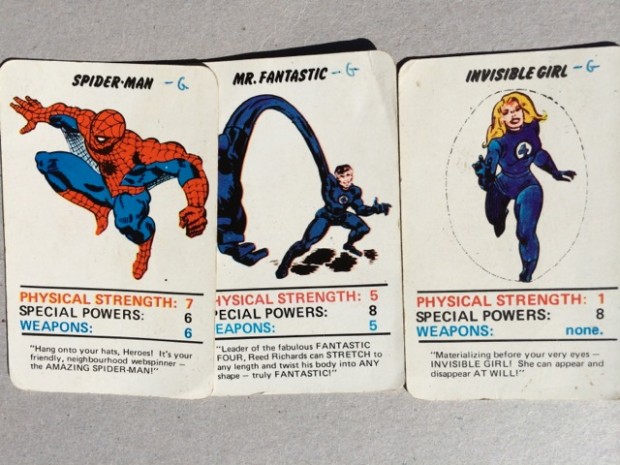A combination of charm, wit and tenacity... just like Jeremy Paxman! Or maybe not.
The best way to learn how to facilitate is to watch experienced facilitators work, pick up techniques from them, then practice. There are however several key tips and techniques, which we've found useful. I'll share them with you here.

I’ll focus on 5 areas, not normally associated with Jeremy Paxman or other super-humans:
- Friendly, yet neutral
- Careful questioning
- Listening
- Stay flexible
ClairvoyancePlanning
Friendly, yet neutral
User research is artificial, we can’t change that, but you want your research participant to behave as naturally as they can. Set the tone from the start: don’t rush them, offer them a drink, keep the setting relaxed and the tone amicable.
Make sure your discussion guide provides a simple scene-setting and a note to remind you that you’re testing the system and not the participant. Ask your participant a few simple questions about their computer use, it gets them talking and usually helps lower any barriers.
You want to build rapport with the participant but avoid being too friendly. As the session progresses you can give encouragement with nods, but not too much encouragement. Repeatedly saying “great” or “well done” can encourage the participant to seek your affirmation and not do what's natural to them.
Often participants will be unable to complete a task; don’t jump right in with help or clues. Instead, wait and see if they find the right path by themselves. This is exactly why user research is done. If the participant says they don’t know what to do, ask them what they’d do if you weren’t there or ask what they were expecting to see at that point.
Careful questioning
Hopefully you have a great discussion guide packed with prompts and well-written questions. Your participant may still do or say something you didn’t anticipate and you’ll need to ask them for more information.
Use open questions (not closed)
Make sure your questioning is open and encourages more than one-word responses. These are good open questions. They encourage the participant to be descriptive about their experience.
Can you tell me more about that? Why did you do that?
These are closed questions. They encourage a yes or no answer, close down the flow of discussion and reduce the information you can elicit.
Is that what you expected? Would you click the big green button?
Focus on behaviour not opinion
Focus your questions on the participant’s behaviour and what they've done in the session or in the recent past, not on their opinions and what they might do.
This is a question that will encourage behaviour-related information, which is what you want.
Tell me about how you applied for a TV licence...
Instead, this will lead to an off-the-cuff opinion, which is not what you want.
What would you like to see here?
Avoid leading questions and the bias they create
Don't lead the research to the outcomes you anticipate. These are some examples of leading questions:
How easy did you find this section of the site? Why didn’t you click that button, did you not see it?
Try to avoid using trigger words.
Trigger words - words that are on the page you're testing - can guide participants towards behaviours resulting from the question. These are examples of questions that contain trigger words. In this case 'basket' and 'contact us'.
Can you add something to your basket? Where can you find the contact us section?
These questions are a rephrase of the above questions and avoid the trigger words:
Show me how you buy the shirt. Where you would go to solve this problem?
Take note
Be aware when usability issues are encountered. Make a note for yourself and consider probing the participant further. Probing should make it clear to observers that this is something important and a good quote to note. You’ll be glad of the sign-post when you come to do analysis.
Listening
The test is not about you. Make sure you’re listening to the participant most of the time and think about how much you’re speaking.
When the participant tells you something, pause for a few seconds - they may well add to their comments - a strategic gulp of water or glance at your notes will help make that time seem casual. Strategic pausing will also make you a better interviewer, it stops you talking over a participant when they’re saying something important, which might make a perfect video clip to show the team.
Sometimes you’ll want the participant to expand on what they’ve said or you need to be sure you’ve understood things. This is a good time to 'replay' to them what you’ve heard, reframe it a little and encourage them to add to it.
What I’m hearing is that you…
Stay flexible

Be ready to move away from the discussion guide. Prototypes go wrong, participants take unexpected paths and new questions come from observers.
Some research participants complete tasks at lightening speed while others deliberate more carefully than you expected.
Fall back tasks and questions should be at the facilitator’s fingertips. Backup test stimuli are very useful and should be thought out in the planning stage.
Planning
Good facilitation depends on good preparation. Recruitment, test facilities and discussion guides are essential and described well elsewhere. The most important preparation is to pilot the session: check the questions are clear, the timing is sound and the stimulus works.
To reiterate, becoming a good facilitator is about skills and experience. The best way to learn is to watch other experienced facilitators at work and pick up tips and techniques from them. You might not spot their planning but you should see the right tone, questions, pauses and flexibility.
Further reading
20 Tips For Your Next Moderated Usability Test by Jeff Sauro
7 Tips for Moderating User Research Sessions by Matt Lacey
What every usability test moderator ought to know about good listening by Anna-Gret Higgins
Active Listening: Hear What People are Really Saying
Keep in touch. Sign up to email updates from this blog. Follow Jay Twitter.
2 comments
Comment by Calgary Renovation Company posted on
Great post Jay!!!
I'm going to put to practice all your advice. I just got hired to work in a <a href="http://www.calgary-renovations.net" rel="nofollow">Calgary Renovation Company</a> and one of my main responsibilities its "user research".
Thank you very much for sharing your knowledge.
Giovanna
Comment by Jay Spanton posted on
Thank you, good luck in the new role.
Jay